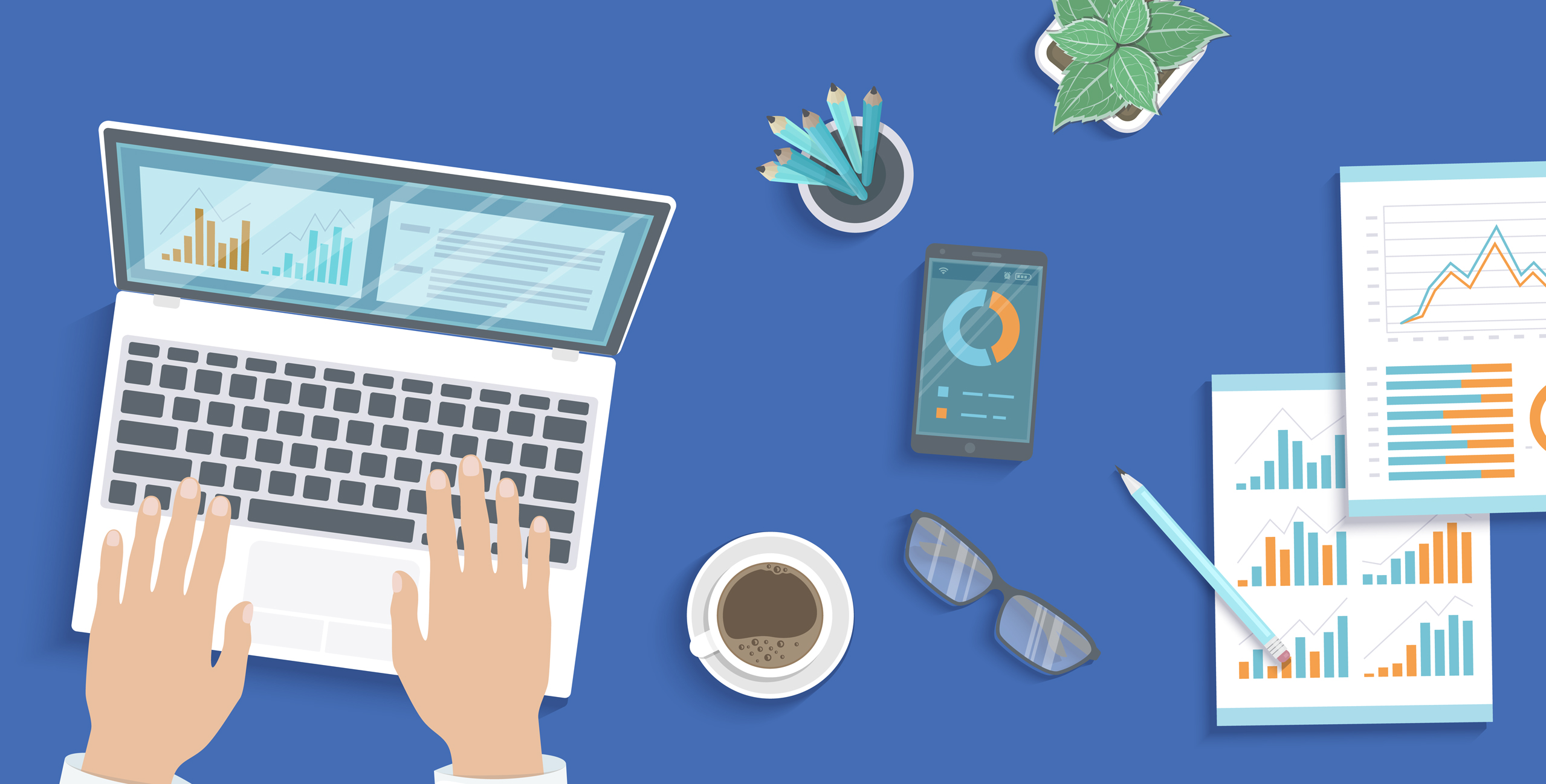Seriously. Even if you’re not a list making kind of person, check-listing could be your new best friend when it comes to organising your end of financial year reporting, especially if you don’t have an accountant or bookkeeper.
Your EOFY checklist doesn’t have to be a mile long either, because if you cover off the simple essentials in EOFY preparation, like those listed here, you’ll be half way there to having a strong end to your financial year.
Check those books
Being meticulous with your bookkeeping throughout the year can save a lot of time and trouble come EOFY. And whether you’ve maintained month-to-month accounting records or not, remember, it’s still essential to reconcile your bank account and credit cards at EOFY to detect any transaction errors.
Reconcile your accounts
Get on top of receivable and payable accounts. Who owes you what, as well as what you owe to vendors, and chase up payments on work you’ve completed this year, so you don’t leave payments to be collected and taxed the following year. We also suggest giving customers more payment options to help avoid late payments, at Propell we offer an easy payment solution to help small business owners receive payments via the app.
Conduct an audit
If you haven’t yet switched to using cloud inventory management software, you might find discrepancies in your books. Cloud-based management is all about the monitoring and maintenance of your business’s inventory levels using online software, which can help avoid the errors and issues that arise using traditional methods. But whether you use the cloud or paperwork, audit your inventory or fixed assets to ensure everything matches reality.
Organise your receipts
Using automated cloud storage is a big time-saving plus when it comes to getting your receipts in order. Simple and clever, all you have to do is take a photo of a receipt, whether it’s one issued to a customer, or one you received for a purchase, and the cloud storage app on your phone automatically stores the image and all that information for safe keeping.
Know your tax deductions
Organising your expenses receipts will really help with claiming tax deductions. While you probably already claim deductions for many of the expenses incurred in the day-to-day running of your business, make sure you check each year what’s allowable. Visit the Australian Taxation Office Deductions page and read the details for each business category.
Run financial reports
Your profit-and-loss statement, balance sheet and cash flow sheet are three of the essential reports you want to run every EOFY. They provide a summary of the financial health of your business and are useful for informing budgeting and planning decisions.
Backup your data
Good advice regardless of whether you store your financials on the cloud or not. EOFY is the perfect opportunity to download copies of critical files and data, saving them in your accounting system’s backup format on a hard drive that’s separate from your computer.
Get accounting software
Most of the checklist tasks covered so far can be made much easier using an accounting software system, and there’s lots out there to choose from, depending on your needs. A simple payroll system can help a business with just 4 people monitor reporting and issue pay automatically. Or, you could go for an online or offline accounting system with job tracking, inventory and a host of other handy built-in features. When data entry is automated, there is significantly less room for error, and your books are always up-to-date, with no need for mad scrambling at tax time.
Move with the times
EOFY is also an ideal time to reassess your financial arrangements if your current resource isn’t as contemporary as you’d like. Newcomer Propell is a great example of a modern-day, totally paperless financial solutions provider, with everything done via the cloud and an app on your smartphone.
Take advantage of instant asset write-off
The Federal Government’s instant asset write-off scheme allows businesses with less than $10 million in turnover to write-off the business portion of a purchased asset. So, if you buy a vehicle, a piece of plant or equipment, etc, and the asset falls under the threshold, you can claim the business portion of the asset’s use in your tax return for that financial year.
Keep up to date with tax changes
Stay on top of changes to tax law and know which small business tax concessions you may be able to benefit from. The Australian Taxation Office (ATO) small business newsroom is a useful resource for up to date articles and support.
Pay superannuation
Don’t be late making superannuation payments to your employees, because they won’t be tax deductible. Contributions are considered paid when the super fun receives them, and missed payments may attract the super guarantee charge, which is not tax-deductible.
Set up for the year ahead
Once you’ve established how your business performed over the last 12 months, use this information to plan for the future. Ask yourself whether you achieved what you intended this year, what areas you can improve upon and what are the lessons learned? Taking the time to reflect and set goals will help you save money and grow your business.
